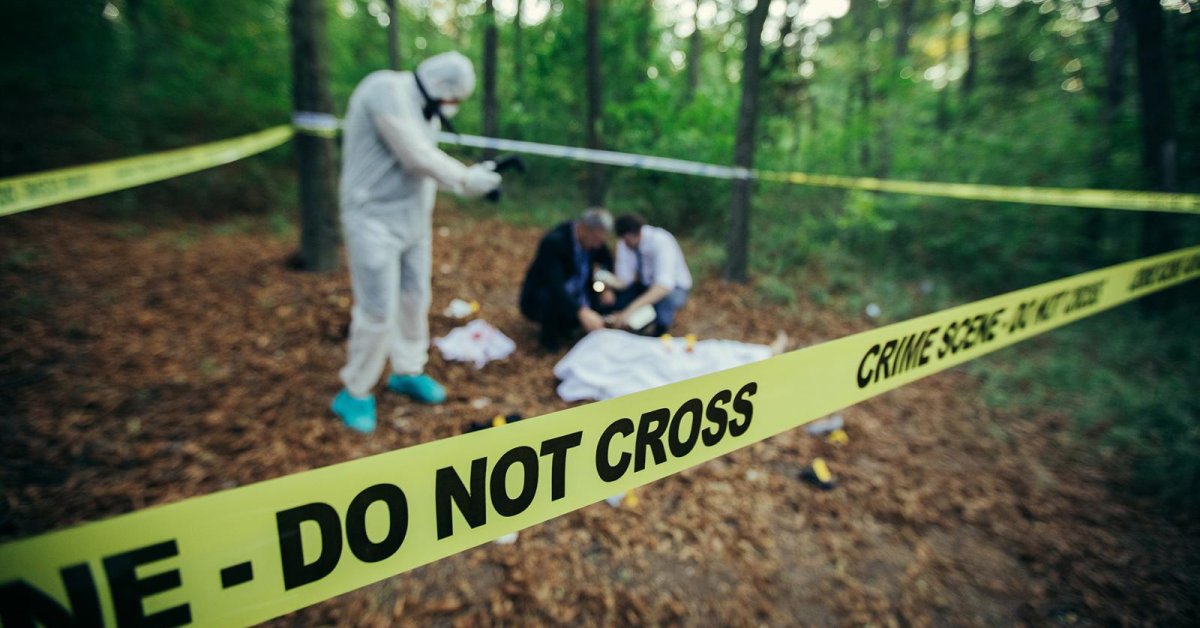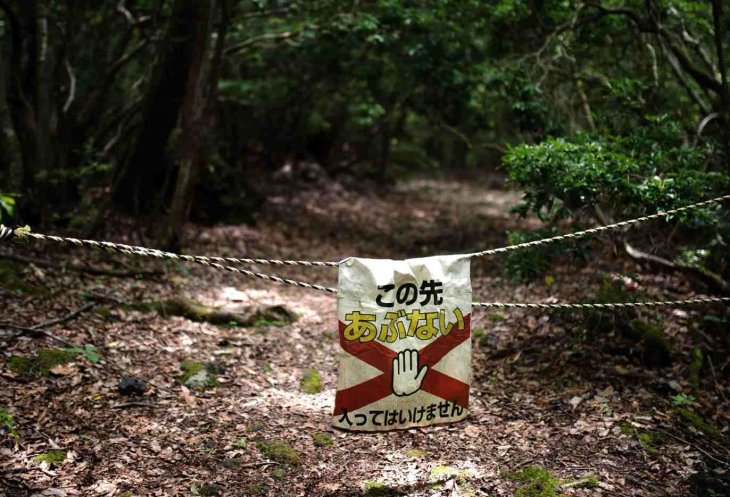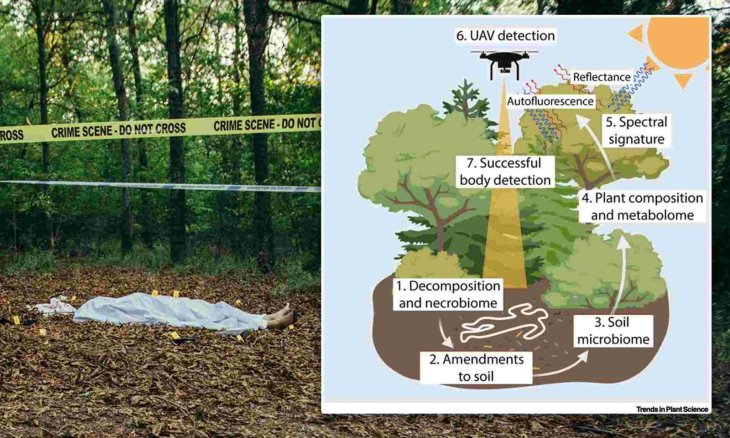Here's How Plants Can Help Find Dead Bodies To Solve Murder Cases
Dhir Acharya - Sep 09, 2020

A team of soil scientists, anthropologists, and forensic botanists is designing the experiments to see if they can rely on plants to find dead bodies.
- Japan Hydrogen Breakthrough: Scientists Crack the Clean Energy Code with Mind-Blowing 1,000% Efficiency Jump
- 'Five-second rule' For Food Dropped On The Floor: Is It True?
- Scientists Want To Send 6.7 Million Samples, Including Sperm, To The Moon
A team consisting of soil scientists, anthropologists, and forensic botanists in the US is designing the first plant-cadaver experiments to see if they can rely on plants to find dead bodies.
Search teams that look for human bodies often face difficulties due to forest cover, whether they search from the air or on foot. However, this would change if they could take advantage of the changes in plants’ chemistry to find nearby human remains.

Though the influence of human decomposition on plants hasn’t been studied thoroughly, researchers have taken steps to make it possible to recover dead bodies using vegetation. The research will be conducted at the Anthropology Research Facility at the University of Tennessee where scientists will examine how the human body decays under different conditions.
They will assess the changes in the zones surrounding human remains regarding nutrient concentrations in the soil, as well as how these changes are indicated in the nearby plants. Neal Stewart Jr said:
“The most obvious result of the islands would be a large release of nitrogen into the soil, especially in the summertime when decomposition is happening so fast. Depending on how quickly the plants respond to the influx of nitrogen, it may cause changes in leaf color and reflectance.”

However, other mammals also live and die in the forest so the research team must find metabolites that are specific to human decomposition. And they could do this based on one fact: humans have non-wild diets. In the long term, they may even be able to use this approach to find missing victims using their specific chemical profiles, like being a heavy smoker.
The ultimate goal of the researchers is developing imagers that can scan plants to find reflectance or fluorescence signals indicating nearby human remains. There are already similar technologies but scientists need to know exactly what to search for, Stewart stated.
“We’ve actually built a whole plant imager that can analyze fluorescence signatures, but the first steps are going to be very fine scale, looking at individual leaves and measuring how their reflectance or fluorescence changes over time when plants are near human remains.”
If and when researchers can compile diagnostic spectra, they can start to think about making drones and other tools to analyze a large area quickly.
>>> For The First Time In Five Years, Delhi Had The Cleanest Day
Featured Stories

Features - Jul 01, 2025
What Are The Fastest Passenger Vehicles Ever Created?

Features - Jun 25, 2025
Japan Hydrogen Breakthrough: Scientists Crack the Clean Energy Code with...

ICT News - Jun 25, 2025
AI Intimidation Tactics: CEOs Turn Flawed Technology Into Employee Fear Machine

Review - Jun 25, 2025
Windows 11 Problems: Is Microsoft's "Best" OS Actually Getting Worse?

Features - Jun 22, 2025
Telegram Founder Pavel Durov Plans to Split $14 Billion Fortune Among 106 Children

ICT News - Jun 22, 2025
Neuralink Telepathy Chip Enables Quadriplegic Rob Greiner to Control Games with...

Features - Jun 21, 2025
This Over $100 Bottle Has Nothing But Fresh Air Inside

Features - Jun 18, 2025
Best Mobile VPN Apps for Gaming 2025: Complete Guide

Features - Jun 18, 2025
A Math Formula Tells Us How Long Everything Will Live

Features - Jun 16, 2025
Comments
Sort by Newest | Popular